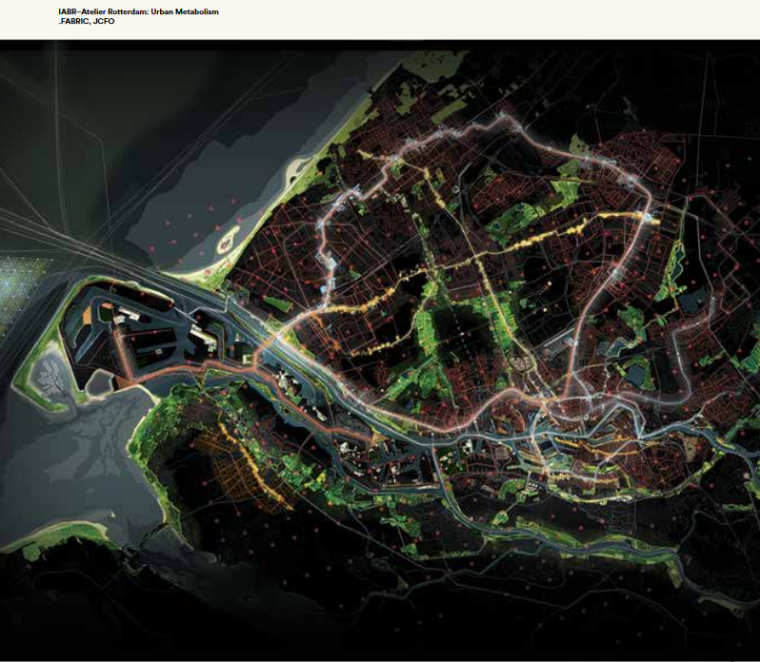Please enjoy this CWPPRA Parody of Moore’s holiday classic “A Visit From St. Nicholas,” more widely recognized as “The Night Before Christmas.”
‘Tis the day we call Christmas and all through the marsh,
The conditions are getting unusually harsh.
Their flowers are wilting, the shrubs getting bare
In response to the cold and dry air that is there.
Losing some green as the maples turn red,
Creatures prepare for hard times just ahead.
Drakes coming south, [1] with their females so drab,
Their sexes dimorphic, just like a blue crab.
Unlike the crab, though, get out of the water;
The crabs get to rest until it gets hotter.
They bury themselves in the mud and the mash, [2]
Unfortunate ones have to bury in trash! (Please don’t litter.)
Our coast doesn’t freeze much but this year might go
To 32 Fahrenheit, maybe below.
Some creatures go far, but some must stay near,
Plants and their roots are anchored right here.
Cold can be dangerous, plants can get sick,
Mangroves don’t have a cold-weather trick.
They deal with the salt and they deal with the rain,
But mangroves fear cold, so South they remain. [3]
The Turtles, the gators, the lizards, the snakes,
All have cold blood, and so they brumate. [4]
So, hang all your wreaths and deck all the halls,
But think of the wildlife, no matter how small.
Habitat loss can hurt plants just as well,
Even those plants that are one simple cell.
Some plants can float and some plants can grow stalks;
yet to be found is a plant that can walk.
But wait! We humans have legs we can use
To move plants to places, like in Calcasieu.
Pontchartrain, Breton Sound, Atchafalaya,
These wetland basins now cook jambalaya.
We love our heritage and love spicy food;
we also love science that’s been peer-reviewed.
The Delta gets sediment and it slowly grows,
But what of the rest that sits under our nose?
Let’s restore our coast, let’s give it a try,
Think about those who can swim, walk, or fly.
Those who are sessile, of course, matter too.
CWPPRA loves wetlands, alive through and through.
Our work is important, it always gets better,
sometimes with projects that work well together.
Funding the coastline is not just a show,
It helps our plants and our wildlife grow.
Other good things that come from restoring
Are seafood, and commerce, and outdoor exploring.
We protect ports and some habitat too,
We protect cities and we protect you.
Enough of the bragging, there’s still more to learn
On techniques we use to reduce the concern!
We nourish beaches to give seabirds refuge
And rebuild salt marsh for protection from deluge.
Working away, we burn midnight’s oil
To stop salt intrusion and relocate soils.
We plan with our partners to restore the most
For CWPPRA to work on Protecting Our Coast.
[2] https://www.bluecrab.info/faq.htm
[3] https://databasin.org/datasets/6ec804f5250a483abd9bdb200939247f
[4] http://www.loyno.edu/lucec/natural-history-writings/where-do-alligators-go-winter
Featured image from http://www.realestnature.com/south-louisiana-salt-marsh-fishing/
Original poem:
Moore, C. (1823). A Visit from St. Nicholas (‘Twas the Night Before Christmas). A Visit from St. Nicholas (‘Twas the Night Before Christmas)(Lit2Go Edition). Retrieved December 18, 2018, from http://etc.usf.edu/lit2go/234/a-visit-from-st-nicholas-twas-the-night-before-christmas/5903/a-visit-from-st-nicholas-twas-the-night-before-christmas/






